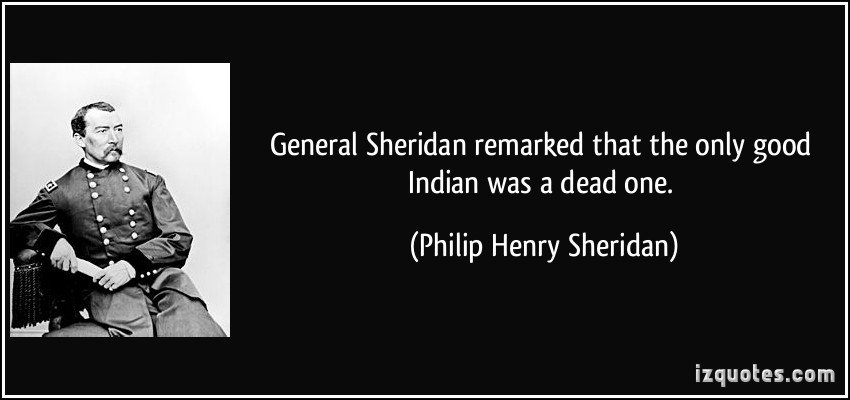

That’s one way to say it.” The all-caps statement is what the newspaper headline of the event will read, and the subsequent statement is a narratorial remark. Ricky’s chapter opens, and closes, with a pair of phrases: “INDIAN MAN KILLED IN DISPUTE OUTSIDE BAR.

Other characters’ chapters unfold in their own longer but distinctly-paced burns. The novel opens explosively with a compact 12-page chapter for Ricky. This tension between plot, formal horror techniques, and theoretical complexity makes The Only Good Indians a masterclass in horror-specifically the chewy kind of horror that deposits a slow-smoldering ember of dread alongside critical questions about living in a mesh of social structures that define and shape people’s lives. Yet, the dynamics of identity and relationships are so sophisticated and subtle that you need to pause, bookmark the page, and tangle with the ideas at play in whatever passage you just read. It provokes you to read faster and faster because the plotting and horror forms are so brilliantly built that you want to swallow, or be swallowed by, them. The Only Good Indians belongs to a rare set of novels. But the extreme elasticity that Ricky, Lewis, Gabe, and Cassidy exerted on that day snaps back hard, haunting them literally and figuratively years later.

Decisions that were meant to swerve wide of various ethical codes. Let’s not beat around the bush: The Only Good Indians by Stephen Graham Jones is the chewiest new read of the summer.Īt the novel’s core is a cascade of decisions that four young men made on an elk hunt when they were young.


 0 kommentar(er)
0 kommentar(er)
